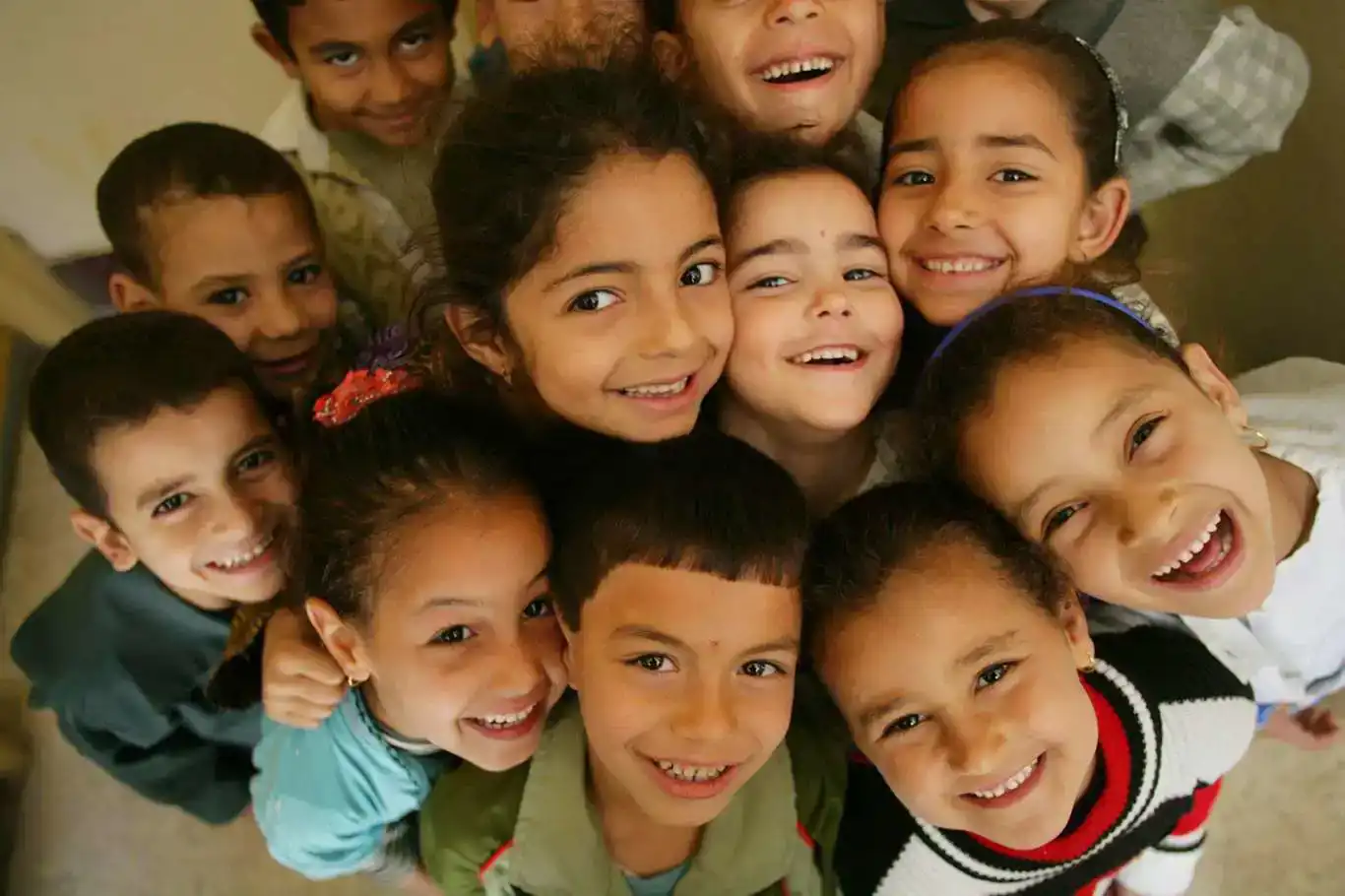Child population in Türkiye declines to 25.5% in 2024


The Turkish Statistical Institute (TurkStat) reported Friday that Türkiye’s child population, aged 0-17, constituted 25.5% of the total population of 85.7 million in 2024, totaling 21.8 million children. Boys made up 51.3% of this group, and girls 48.7%.
This proportion has significantly declined from 48.5% in 1970 and 41.8% in 1990, with projections estimating a further drop to 22.1% by 2030 and 14.5% by 2100 under the main scenario. A low scenario predicts a sharper decline to 9.9% by 2100, while a high scenario, assuming effective pronatalist policies, projects 18.6%.
Türkiye’s child population proportion surpasses the European Union’s 2024 average of 17.8%, with Ireland (23.0%), France (20.8%), and Sweden (20.6%) leading EU nations, and Malta (14.7%) and Italy (15.1%) at the lowest. Regionally, Şanlıurfa had the highest child population proportion at 43.8%, followed by Şırnak (39.8%) and Ağrı, Mardin, and Muş (37.4%), while Tunceli recorded the lowest at 16.4%.
In 2024, 42.8% of Türkiye’s 26.6 million households had at least one child, with Şanlıurfa (68.5%) and Tunceli (28.2%) at the extremes. Of these households, 19.0% had one child, 14.6% two, and 1.1% five or more. The child population was distributed with 29.6% in the 10-14 age group, 29.3% in 5-9, 23.3% in 0-4, and 17.8% in 15-17.
Birth statistics show 958,408 babies born in 2023, with 96.7% single births and 97.5% occurring in hospitals. The infant mortality rate fell to 10.0 per thousand in 2023 from 13.9 in 2009, and the under-five mortality rate dropped to 14.5 per thousand from 17.7. Life expectancy for 15-year-olds was 63.5 years, with girls (66.1 years) outliving boys (60.9 years) by 5.2 years. Popular baby names in 2024 included Alparslan for boys and Defne for girls.
Education data revealed an 84.3% net enrollment rate for five-year-olds in 2023/’24, with primary school completion at 98.7% and upper secondary at 81.2%. Special education students, totaling 559,725, comprised 3.0% of the 18.7 million formal education students. Health-wise, 94.5% of children under 15 were reported in “very good or good” health, though 9.2% of households couldn’t afford new clothes for children due to financial constraints, and 10.0% couldn’t provide daily fresh fruits and vegetables.
Internet usage among children aged 6-15 rose to 91.3% in 2024 from 82.7% in 2021, primarily for watching videos (83.9%) and homework (75.0%). The labor force participation rate for 15-17-year-olds was 24.9%, with boys (35.6%) higher than girls (13.7%). Legal child marriages dropped significantly, with girls’ marriages falling to 1.6% of total marriages in 2024 from 7.3% in 2002.
Tragically, 258,515 children had lost their fathers and 81,373 their mothers in 2024. External injuries and poisoning were the leading causes of death for children aged 1-17, with 13,043 fatalities in 2023. In family dynamics, 74.4% of children from 187,343 divorce cases were placed under maternal guardianship, while 10,430 children were cared for by 8,719 foster families, and 589 were adopted.
TurkStat’s comprehensive report underscores Türkiye’s evolving demographic trends, with a shrinking but still significant child population facing both opportunities and challenges in health, education, and socio-economic conditions. (ILKHA)
LEGAL WARNING: All rights of the published news, photos and videos are reserved by İlke Haber Ajansı Basın Yayın San. Trade A.Ş. Under no circumstances can all or part of the news, photos and videos be used without a written contract or subscription.
Türkiye’s Ministry of Health has introduced sweeping new regulations aimed at reducing the rate of medically unnecessary cesarean sections and promoting natural births, as part of its nationwide “Healthy Türkiye Century” initiative.
The UN Special Rapporteur on the right to health, Tlaleng Mofokeng, has strongly condemned an Israeli airstrike on Al-Ahli Baptist Hospital, the last operational hospital in northern Gaza, which was struck on April 13, 2025.
Mexican health officials have confirmed the nation’s first human fatality from the H5N1 strain of avian influenza. The victim, a three-year-old girl from the northern state of Coahuila, passed away earlier this week due to complications from the virus, marking a sobering milestone in the country’s public health history.